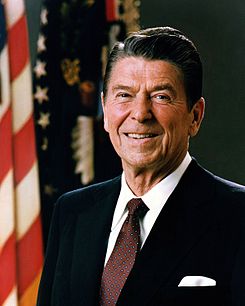Post-war liberalism
The Cold War featured extensive ideological competition and several proxy wars, but the widely feared Third World War between the Soviet Union and the United States never occurred. While communist states and liberal democracies competed against one another, an economic crisis in the 1970s inspired a move away from Keynesian economics, especially under Margaret Thatcher in the UK and Ronald Reagan in the US.
 This classical liberal renewal, called pejoratively “neoliberalism” by its opponents, lasted through the 1980s and the 1990s, although the Great Recession prompted a resurgence in Keynesian economic thought recently. Meanwhile, nearing the end of the 20th century, communist states in Eastern Europe collapsed precipitously, leaving liberal democracies as the only major forms of government in the West.
This classical liberal renewal, called pejoratively “neoliberalism” by its opponents, lasted through the 1980s and the 1990s, although the Great Recession prompted a resurgence in Keynesian economic thought recently. Meanwhile, nearing the end of the 20th century, communist states in Eastern Europe collapsed precipitously, leaving liberal democracies as the only major forms of government in the West.
At the beginning of the Second World War, the number of democracies around the world was about the same as it had been forty years before. After 1945, liberal democracies spread very quickly, but then retreated. In The Spirit of Democracy Larry Diamond argues that by 1974, “dictatorship, not democracy, was the way of the world,” and that “barely a quarter of independent states chose their governments through competitive, free, and fair elections.” Diamond goes on to say that democracy bounced back and by 1995 the world was “predominantly democratic.”
Liberalism still faces challenges, especially with the phenomenal growth of China as a model combination of authoritarian government and economic liberalism.